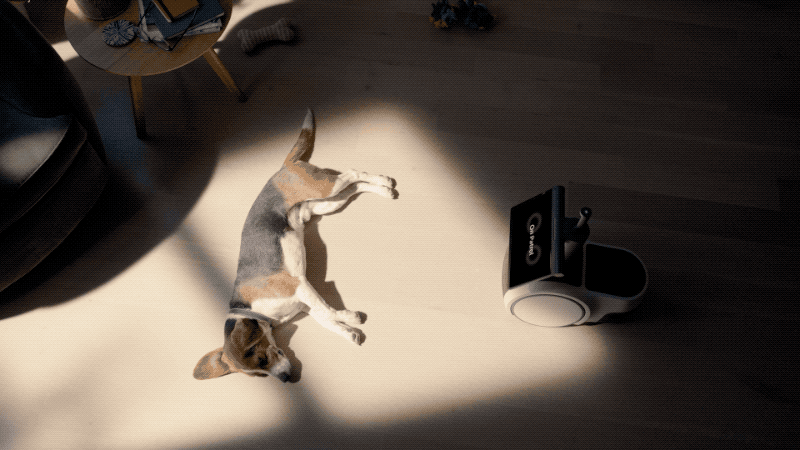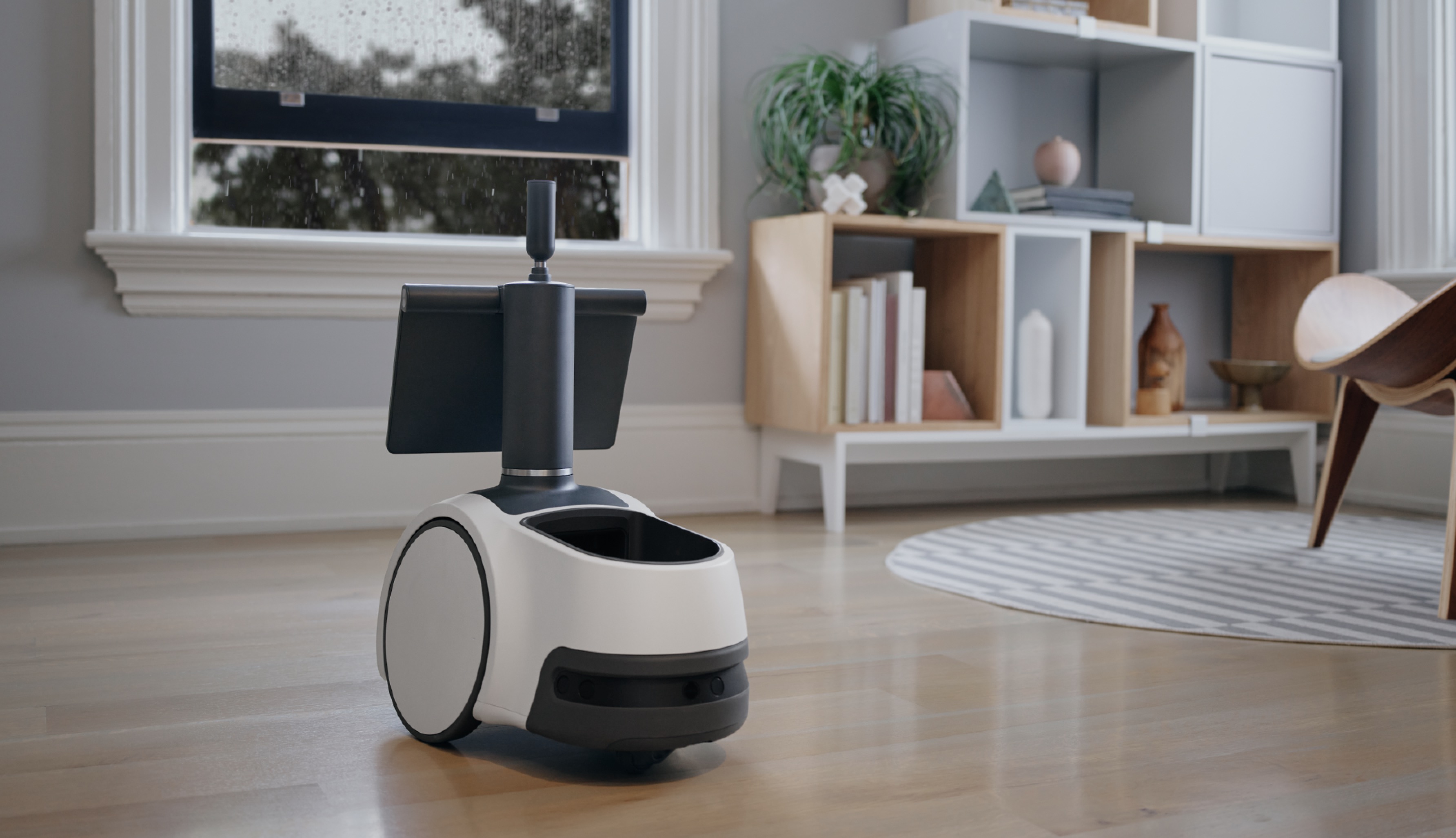There’s been a standing question surrounding how seriously we should ultimately take Astro. The product was launched exactly one year ago, in limited quantities as a Day One offering for $1,500 a pop. My interaction with the robot was (at the time) limited to a few pre-launch demos. I came away from the experience thinking the home robot was cute and largely said what it did on the tin.
Haje took a unit home and left the experience wondering, broadly, what Astro is for. The question of “why” is an important part of the review process, of course, and that import only increases as the price goes up. That is to say that a $1,500 product has a much larger burden of “why” to answer than a $150 or $15 one.
Ken Washington, who now serves as the head of the Amazon’s consumer robotics category, bristles at my characterizing of Astro’s rollout as either a pilot or a testing of the wider for potential wider availability.
“[Day One] is a way for us to put these products in their hands quickly,” the executive tells TechCrunch. “Not for us to — not learn their interest — learn what they want to see most to be added to it . […] We’ve had hundreds of thousands of inbound requests and we continue to manufacture and deploy Astros to those customers who make those requests. I can’t the actual sales quantity because we don’t share the data. But we’re off to a great start.”

Image Credits: Amazon
This time out, those customer-inspired features include pet detection and the ability to recognize and check specific windows and doors in your home. It’s part of Astro’s current core competency of servicing as a kind of rolling security system that augments stationary cameras from brands like Ring (and can, for that can be viewed through the same app).
Pet detection, meanwhile, was apparently one of the most requested features. It’s able to recognize dogs and cats and send you a video push when it sees movement. As currently implemented, it’s all or nothing with those pushes. Unlike person detection, the robot is not able to distinguish between pets, instead it relies on a broader model trained on cats and dogs.
Amazon developed it in-house, using an SDK the company developed that will be shared with a trio of universities — the University of Michigan, Georgia Tech and the University of Maryland — this year. The idea there is to have robotics students help kickstart third-party feature development for the robot. As has become the case with so much consumer hardware over the past decade, Amazon appears to view Astro as a kind of platform on top of which developers can add expanded functionality.

Image Credits: Amazon
“I know from my experience, that when you give universities access to SDK and technology like this, they come up with all kinds of really great ideas,” Washington says. “And so we were excited and can’t wait to see what they come up with. This is the beginning, and we know, just like in the early days of Alexa, that when you provide a SDK for a platform is interesting as Astro, that all kinds of innovations can happen.”
“Early days” is really the key phrase in all of this stuff. The world of consumer electronics is littered with decommissioned robots — many cute, most pointless. From hardware startups like Anki to giant multinational corporations like Sony, this stuff is extremely hard to get around. Really, only iRobot figured out a way around it with the purpose-built Roomba line. Good thing for Amazon, then, that it’s acquiring the firm, FTC approval pending.
Ultimately, one doubts Amazon’s commitment at their own risk. The corporation revolutionized and accelerated warehouse and fulfillment automation, full stop. It undoubtedly has the resources — and, seemingly, the desire — to do something similar with home robotics, even if Astro has to roll around a bit more, in search of meaning.




























































